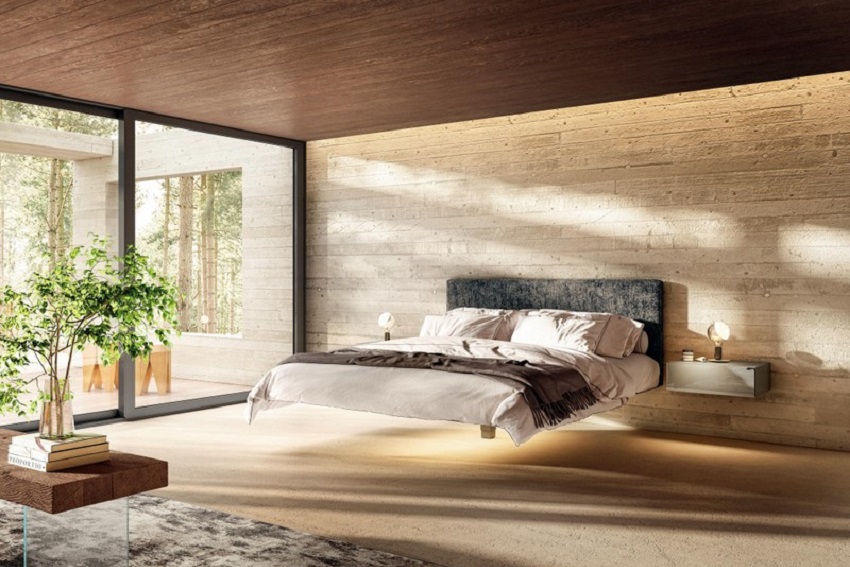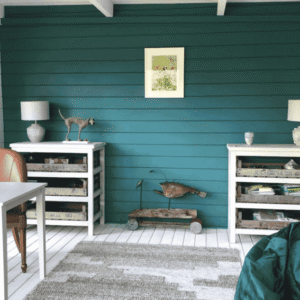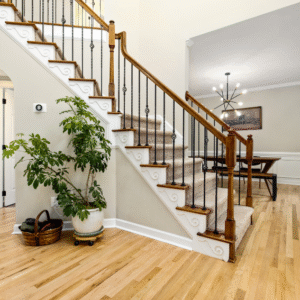A living room being the center piece of home has slowly undergone a transformation to adapt to change in lifestyles. It is not the space where people can entertain their guests only anymore as it is rather a hybrid place that serves people in terms of relaxation, communication with others and even work. Italian design is contributing to such a change, providing furnishing solutions in which sophistication, utility and versatility can be combined with the perfect rightness.

A Dynamic Space: The Living Room at The Center of New Lifestyles
The modern-day living room has emerged out of its fixed parameters. It has turned into a multifunctional room, which is ready to host a range of experiences: reading, entertainments, remote work, or relaxation. Since the versatility is necessary, the interior layout should be smoother.
An intuitive reaction of design to this change comes in the form of Italian design. Combining considerate aesthetics with functionality in the arrangement puts it in an excellent position to produce living rooms in which all features are developed to be comfortable and versatile. Furniture acts as an important determinant of the space, and as an aider to open, inviting and constantly changing layouts.
Modular Furniture and Open Layouts: Italian Design in the Service of Flexibility
Modularity is one of the dominant trends as Italian living room design. The sofas are in the form of free-form, in which the movable or interchangeable parts exist. Bookshelves are turned into free zones of decoration and utilitarian means that separate one sphere without isolating it.
Italian design focuses more on clean lines, balanced volumes and the one which is very important and flexible design systems that enable the space to undergo some changes overtime but never in any way ruins the visual harmony.
Materials, Colors and Light: Creating A Warm Atmosphere
Other than forms and arrangement, atmosphere is characterizing a living room. Italian design pays very much attention to the choice of materials, use of color and control of light. Natural wood, glass and metal: each type of material is selected due to the fact that it oozes warmth and classiness.
A mixture of tranquil neutral colors and bright accents that create a personality is a usual combination of color schemes. There is a strong use of both natural and artificial light, to accentuate the line of the furniture, and to create intimate but open spaces.
Visual Continuity: Connecting The Living Room with Other Spaces
The living room is no longer a self-governing space; it is becoming more and more connected with kitchen, dining room and entrance area. The Italian style foresees such fluidity by creating seamless collections that facilitate the consistency of the visual style between various elements within the house.
There is organizing of finishes, materials and geometrical lines to have similar decorative language in different rooms. Such homogeneous aesthetics provides the feeling of tranquility, rationality, and elegance, and secures the overall performance of the design.
A Balance of Comfort, Style and Practicality
The Italian design invites you to rethink the living room and consider a modern lifestyle: stylish, comfortable and fully human. Because of modular furniture and high-quality materials, as well as a unified style, it is capable of supporting the needs of contemporary life without becoming a place of ugliness, stress and alienation. It is a fine balance that only the Italian design can balance so well and so easily.
LAGO: Modularity, Vision and Sustainability in Contemporary Italian Design
LAGO has a different history, founded in 1976, far away, and since then has become a reference point in Italian design, due to an ideal balance between a manufacturing rigor, creativity of vision, and style coherence.
With its artisanal expertise going back to the end of the 1800s, the company has managed to reinvent this tradition to turn it into a modern industrial concept. Currently, LAGO is represented in 20+ countries with the chain of 500+ selected dealers.
The brand has developed gradually without severing any connection with its roots or its philosophy of the projects, which is based on flexibility, materials and a powerful sense of culture.
The main principle of such a strategy is modularity as a means of adaptability, evolution and long-term value. The collections of LAGO: both residential and collective minimal collections are conceived as open systems thereby providing space of composition and personalization.
Every product, a bookcase, a table, a kitchen or a floating bed, is made to fit perfectly in the environment, and by its semi-formal erudition and optical ease, the LAGO style. The skill of approaching the architectural context enables the development of special interiors, where everything falls into its right place.
Design is not just an idea, it is a tool of social change, and this should be based on thoughtful listening to modern needs as far as LAGO is concerned. The lines are clean; the materials were selected in regard to their durability and their design value and the overall manufacturing process is of an environmentally sound nature.
Coupled to this has been a digital ecosystem created by LAGO, which facilitated an interaction amongst client, architect and project. It can make it easy to create tailor-made spaces through its user-friendly online configurator and personalized support so as to make it easy to design spaces.






